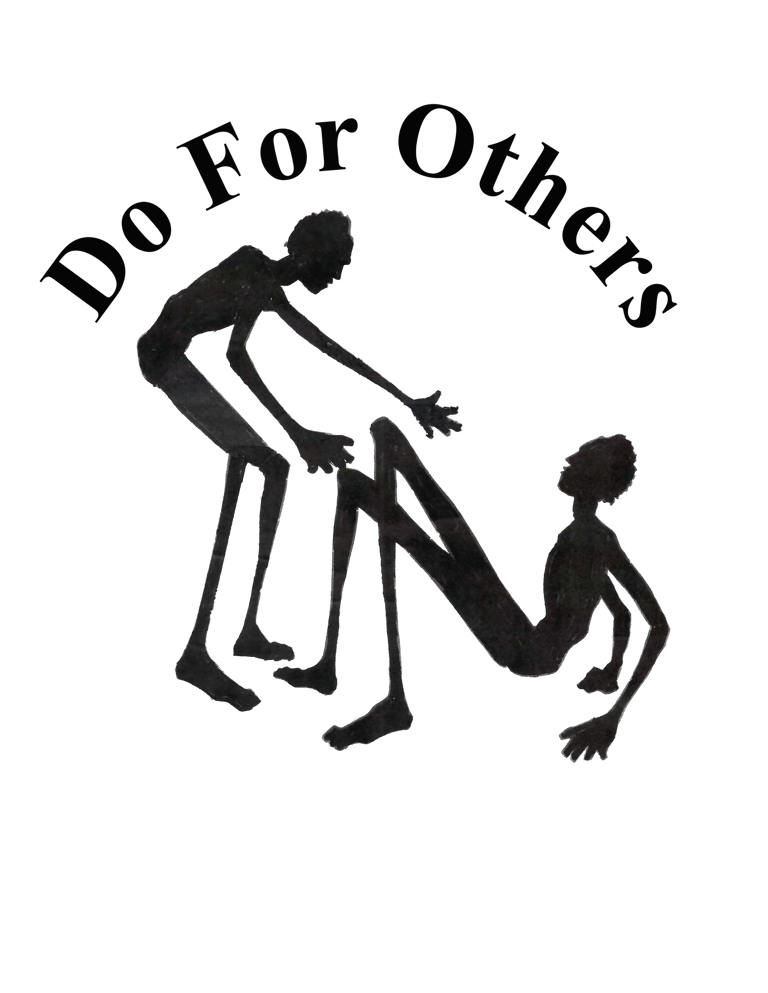Basic Anatomy and Physiology
Introduction
Physiology and anatomy are two key branches of biology that study living systems. Anatomy focuses on the body's structure, while physiology concerns how these structures function. This section will provide a basic introduction to human anatomy and physiology, focusing on major organ systems and their roles in maintaining health.
1. Nervous System
Anatomy: The nervous system is divided into the central nervous system (CNS) and the peripheral nervous system (PNS). The CNS includes the brain and spinal cord, which are protected by the skull and vertebral column, respectively. The brain consists of the cerebrum, cerebellum, and brainstem, each responsible for different functions. The PNS comprises cranial nerves that emerge from the brain and spinal nerves that extend from the spinal cord, as well as autonomic nerves that control involuntary functions.
Physiology: The nervous system controls both voluntary actions (like movement) and involuntary actions (like heartbeat). It processes sensory information from the environment through sensory receptors and transmits signals to muscles and glands. It is also involved in cognition, emotions, memory, and maintaining homeostasis through the regulation of other body systems.
2. Cardiovascular System
Anatomy: This system includes the heart, a muscular organ with four chambers (two atria and two ventricles), and a network of blood vessels, including arteries, veins, and capillaries. The major vessels include the aorta, superior and inferior vena cavae, and the pulmonary arteries and veins.
Physiology: The heart pumps oxygenated blood from the lungs to the rest of the body and returns deoxygenated blood to the lungs for oxygenation. Blood vessels transport nutrients, gases, hormones, and waste products. The cardiovascular system also helps regulate body temperature and maintain pH balance.
3. Respiratory System
Anatomy: Composed of the nasal cavity, pharynx, larynx, trachea, bronchi, bronchioles, and lungs. The diaphragm and intercostal muscles play a key role in breathing.
Physiology: This system facilitates gas exchange: oxygen is inhaled into the alveoli in the lungs and diffuses into the blood, while carbon dioxide diffuses from the blood into the alveoli to be exhaled. It also helps regulate blood pH by controlling the levels of carbon dioxide...
4. Digestive System
Anatomy: Includes the oral cavity, pharynx, esophagus, stomach, small intestine (duodenum, jejunum, ileum), large intestine (cecum, colon, rectum), liver, gallbladder, and pancreas.
Physiology: The digestive system breaks down food into smaller molecules through mechanical and chemical processes. Nutrients are absorbed into the bloodstream primarily through the small intestine, while the large intestine absorbs water and forms feces. The liver produces bile to emulsify fats, and the pancreas secretes digestive enzymes and bicarbonate to aid digestion.
5. Urinary System
Anatomy: Composed of two kidneys, two ureters, the bladder, and the urethra. The kidneys contain nephrons, the functional units that filter blood.
Physiology: The kidneys filter blood to remove waste products and excess substances, forming urine. The urine travels through the ureters to the bladder, where it is stored until excretion through the urethra. This system also regulates blood volume, blood pressure, electrolyte balance, and acid-base balance.
6. Musculoskeletal System
Anatomy: Includes bones (206 in adults), muscles, cartilage, tendons, ligaments, and joints. The axial skeleton (skull, vertebral column, rib cage) and appendicular skeleton (limbs and girdles) form the structural framework.
Physiology: Provides support and shape to the body, protects internal organs, enables movement through muscle contraction and joint articulation, stores minerals like calcium and phosphorus, and houses bone marrow for blood cell production.
7. Endocrine System
Anatomy: Consists of glands such as the hypothalamus, pituitary, thyroid, parathyroid, adrenal glands, pancreas, ovaries, and testes.
Physiology: Glands secrete hormones directly into the bloodstream, which regulate processes like metabolism, growth and development, tissue function, sexual function, reproduction, sleep, and mood. Hormones act as messengers to coordinate the function of different organs and tissues.
8. Lymphatic/Immune System
Anatomy: Includes lymphatic vessels, lymph nodes, spleen, thymus, tonsils, and bone marrow.
Physiology: The lymphatic system transports lymph, a fluid containing white blood cells, which helps remove toxins and waste. It also absorbs and transports fatty acids from the digestive system. The immune system protects the body against pathogens through innate and adaptive immune responses, involving cells like lymphocytes (T cells and B cells), macrophages, and antibodies.
9. Integumentary System
Anatomy: Comprises the skin (epidermis, dermis, subcutaneous layer), hair, nails, sweat glands, and sebaceous glands.
Physiology: The skin acts as a barrier to protect against pathogens, physical injuries, and UV radiation. It regulates body temperature through sweat and blood flow and provides sensory information via nerve endings. The skin also synthesizes vitamin D when exposed to sunlight and helps retain body fluids.
10. Reproductive System
Anatomy: In males, it includes the testes, epididymis, vas deferens, seminal vesicles, prostate gland, and penis. In females, it includes the ovaries, fallopian tubes, uterus, cervix, and vagina.
Physiology: The reproductive system is responsible for producing, storing, and transporting gametes (sperm in males and eggs in females). It facilitates fertilization, supports fetal development during pregnancy in females, and produces sex hormones like testosterone, estrogen, and progesterone, which regulate reproductive functions and secondary sexual characteristics.
